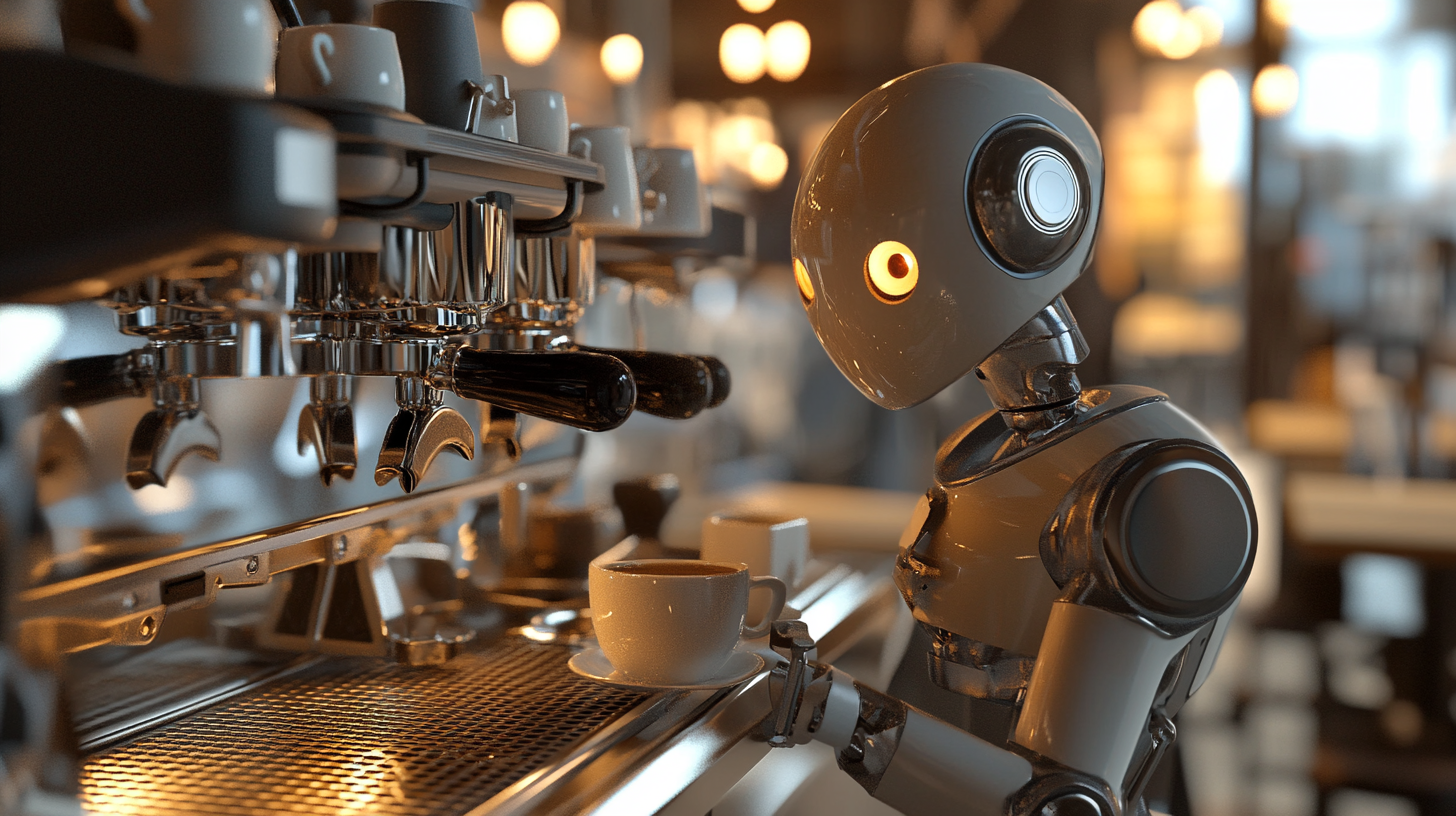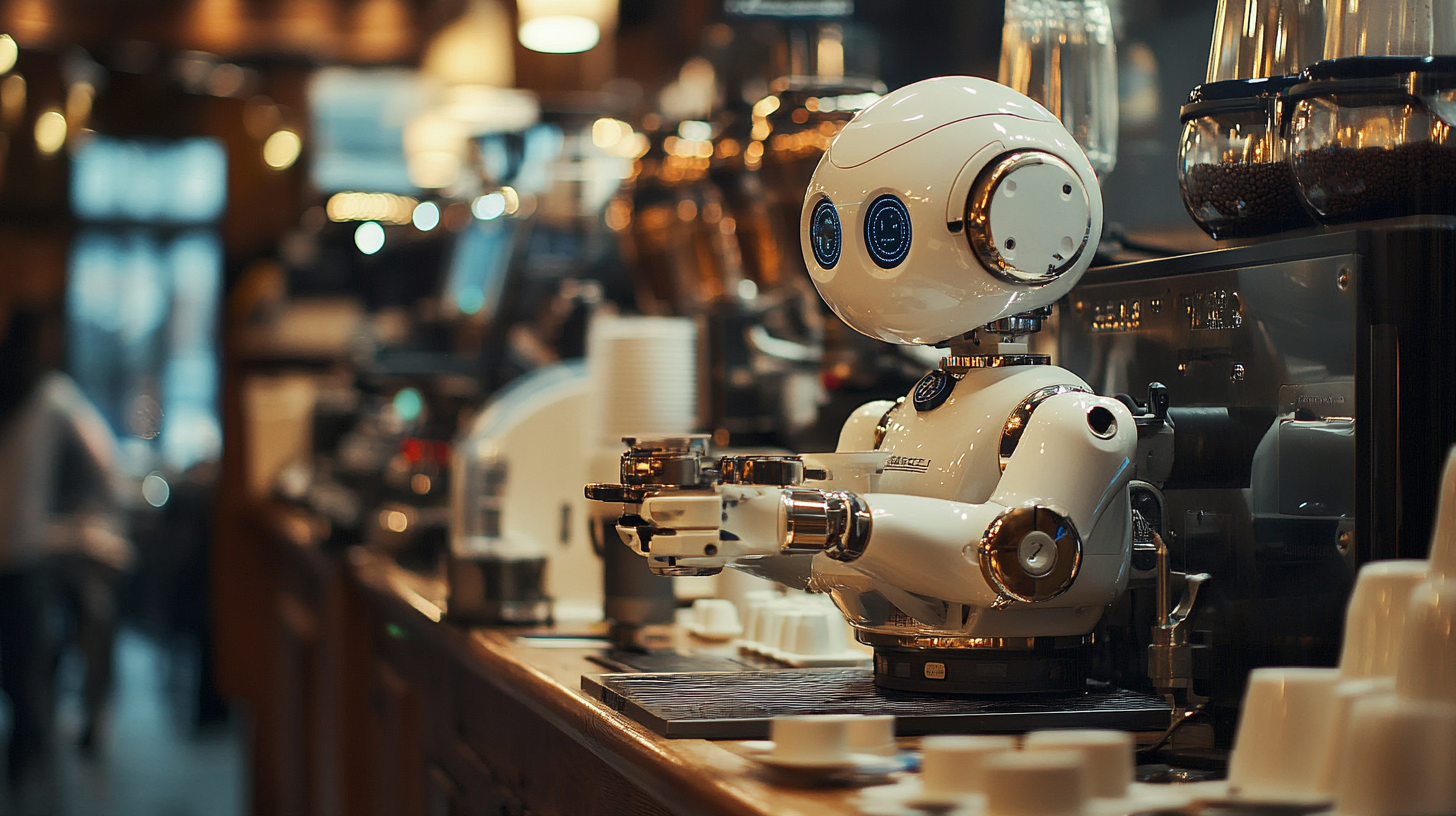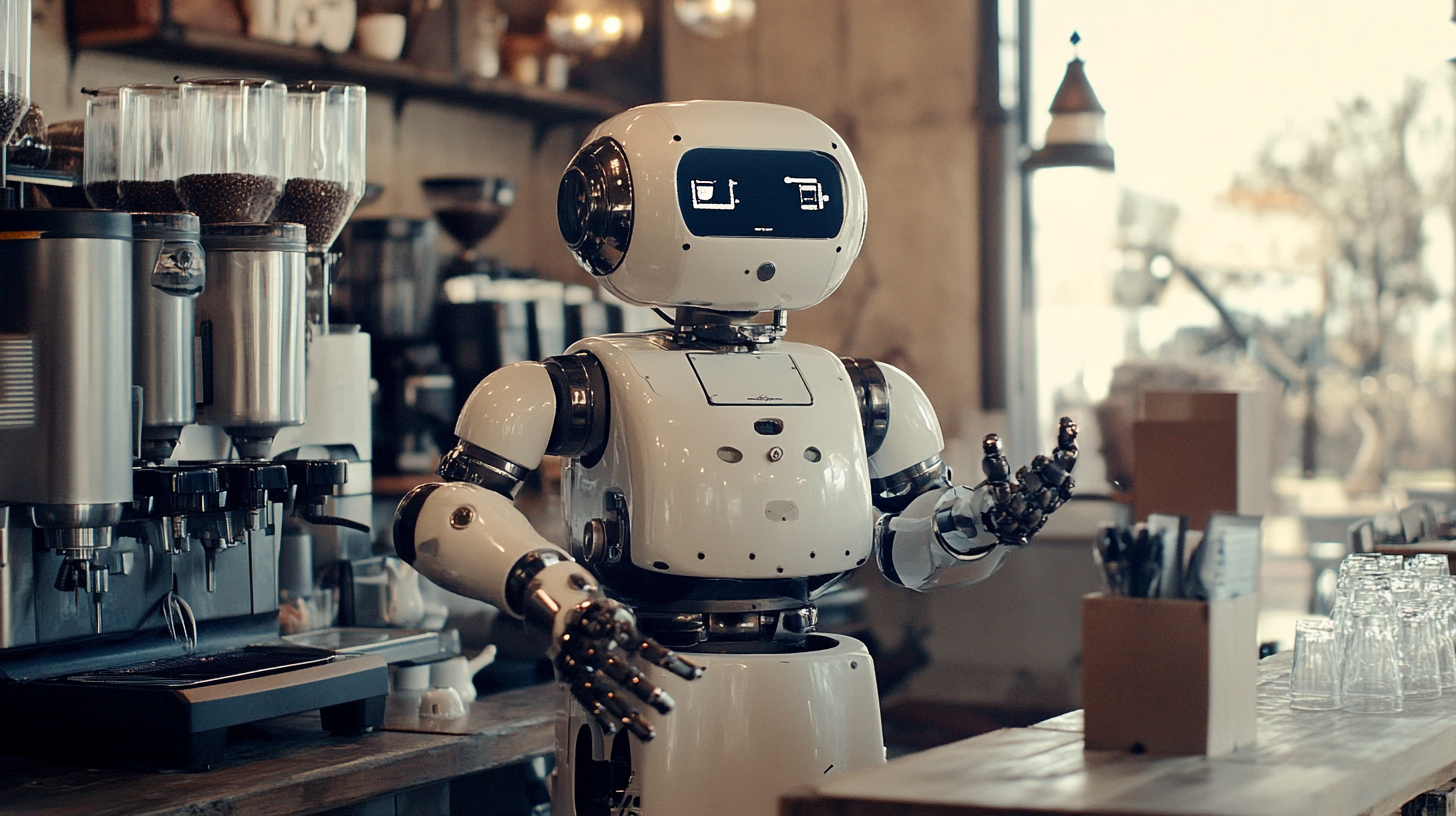Common Challenges Faced by Buyers of Coffee Robots
In today's fast-paced coffee culture, the advent of Coffee Robots has revolutionized the way we enjoy our favorite caffeinated beverages. These automated machines promise efficiency, consistency, and the ability to craft café-quality drinks from the comfort of home or in a commercial setting. However, as more buyers venture into the world of coffee robotics, they often encounter a range of challenges that can complicate their purchasing decisions. Understanding these hurdles is essential for prospective buyers seeking to enhance their coffee experience through automation.
The journey to finding the right Coffee Robot is not always straightforward. From navigating the myriad of features and specifications to ensuring that the chosen model meets individual or business needs, buyers may feel overwhelmed. Additionally, concerns about reliability, maintenance, and cost-effectiveness can contribute to buyers' hesitations. In this blog, we will delve into the most common challenges faced by buyers in the Coffee Robot market, providing insights and tips to help make informed decisions and ultimately enjoy their coffee journey to the fullest.

Understanding the Complexity of Coffee Robot Features and Functions
When diving into the world of coffee robots, buyers often encounter a myriad of complexities surrounding the features and functions these machines offer. Understanding these intricacies is crucial for making informed purchasing decisions. According to a recent report by the International Coffee Organization, the coffee machine market is expected to reach $12 billion by 2024, with tech-savvy buyers increasingly leaning toward advanced automation in their brewing processes. This growing trend highlights the need for clarity on the unique functions offered by different coffee robots, which can be overwhelming. One of the most common challenges buyers face is deciphering the various brewing methods and customization options available. Many coffee robots boast features such as temperature control, grind settings, and brew strength adjustments. A study published in the Journal of Culinary Science & Technology indicates that 65% of consumers prioritize quality and control over their coffee experience, which necessitates a deep understanding of these specifications. Buyers must evaluate whether a machine can cater to their specific tastes without sacrificing ease of use. Additionally, compatibility with smart technologies is becoming increasingly important. A report by Statista argues that the smart coffee maker segment is projected to grow significantly, with an expected market value of $2.5 billion by 2026. This integration can provide enhanced functionality, but it also introduces challenges related to connectivity and software updates. For instance, buyers must consider whether the robot can seamlessly sync with their existing smart home devices or if it requires additional applications that complicate the user experience. Navigating these features can be daunting, but with the right knowledge and understanding, buyers can better appreciate the true value of coffee robots and select products that truly enhance their coffee brewing experience.

Evaluating the Cost vs. Quality Dilemma in Coffee Robots
When considering the acquisition of coffee robots, buyers often grapple with the cost versus quality dilemma. With the global coffee market projected to reach $102.02 billion by 2026, according to a report by Mordor Intelligence, the demand for automated coffee solutions is surging alongside it. This rapid growth has led to an influx of coffee robot manufacturers, offering a wide array of options that vary significantly in both price and performance.
Investing in a high-quality coffee robot often comes with a price tag that reflects its advanced features and durability. For instance, top-tier models can range from $5,000 to over $30,000, depending on their capacity and technology. A 2021 research study by Technavio highlights that premium coffee machines which incorporate state-of-the-art brewing technologies not only provide superior flavor extraction but also improve operational efficiency by 20-30%. This leads many buyers to question if the initial investment is justified when weighed against potential long-term savings and customer satisfaction.
Conversely, budget-friendly coffee robots may appeal to those with tighter financial constraints. However, these less expensive options often compromise on aspects such as build quality and user experience. A 2022 report from Market Research Future noted that while entry-level models might save money upfront, they tend to have a shorter lifespan and higher repair costs, ultimately leading to an increased total cost of ownership. Buyers must thoroughly evaluate their specific needs, desired quality of coffee, and long-term financial implications when navigating this investment landscape.

Navigating Supply Chain Issues and Availability for Coffee Robots
Navigating Supply Chain Issues and Availability for Coffee Robots
The integration of automation in the coffee industry has become increasingly critical as companies face mounting supply chain complexities. Recent developments highlight the efforts of coffee businesses to optimize their operations, one such example being how a company sources beans from three suppliers and roasts them in two facilities. This complicated landscape necessitates innovative solutions like coffee robots to streamline the process, improve efficiency, and respond swiftly to market demands. As highlighted in various industry reports, automation can significantly enhance production capabilities, enabling companies to maintain a competitive edge amidst ongoing disruptions.
The strategic partnership between Coesia and PWR exemplifies how the robotics sector is evolving to meet these challenges. Coesia's investment in robotic automation signals a shift towards more advanced packaging solutions, directly addressing the specific needs of coffee producers who are striving to enhance their supply chain efficiency. With automation dominating events like Pack Expo International, the industry is moving toward higher levels of mechanization, which is vital for sustaining operational integrity in a fluctuating market environment.
Moreover, the rise of technologies such as piece-picking robots, as seen in retailers like Staples, offers additional insights into how robotic solutions can elevate fulfillment and delivery capabilities. Such advancements not only enhance operational efficiency but also improve service delivery, helping businesses cater to the growing consumer expectation for speed and reliability. As the coffee industry embraces these transformative innovations, the ability to adapt to supply chain challenges will be critical in navigating the complexities of an ever-evolving market landscape.

Deciphering User Instructions: A Common Hurdle for Buyers
When it comes to investing in coffee robots, one of the most significant hurdles buyers face is deciphering user instructions. These advanced machines often come with a steep learning curve, leaving many newcomers feeling overwhelmed. The variety of functions and customization options can be both enticing and intimidating, but understanding how to navigate the user interface is crucial for maximizing the potential of these devices.
For many users, the technical jargon and complex features can create confusion. Instructions may be poorly organized or assume a certain level of prior knowledge that not all buyers possess. This can lead to frustration and improper usage of the machine, which not only diminishes the coffee-making experience but can also impact the longevity of the robot itself. As users struggle to interpret features like brewing settings, maintenance routines, and cleaning protocols, they may fail to leverage the full capabilities of their investment.
Moreover, a lack of comprehensive support from manufacturers can exacerbate these challenges. Often, users find themselves reliant on vague manuals or video tutorials that may not address specific queries. As a result, the desire to enjoy high-quality coffee at home can become a source of stress rather than a source of enjoyment. Addressing these user instruction challenges is essential for both manufacturers and buyers, to ensure that the joy of brewing exceptional coffee at home is accessible to everyone.
Post-Purchase Support: The Importance of Customer Service and Warranty
Post-purchase support is a critical aspect of the consumer experience, especially when it comes to the purchase of coffee robots. As buyers invest in these appliances, the reassurance of effective customer service and comprehensive warranty plans can significantly influence their satisfaction and long-term loyalty. Recent research indicates that approximately 75% of consumers consider warranty plans to be crucial when making appliance purchases. This statistic underscores the importance of having a strong post-purchase support system in place.
For many buyers, the initial excitement of owning a coffee robot can quickly fade without reliable customer service. Issues may arise with setup, maintenance, or functionality, and accessibility to knowledgeable support staff can determine the overall user experience. In fact, brands that prioritize proactive customer service not only foster trust but also encourage repeat purchases. Engaging post-purchase emails can further strengthen this bond, offering tips, maintenance advice, and warranty registration, thus transforming new buyers into lifelong fans.
Moreover, a solid warranty plan not only helps in addressing repairs but also enhances the perceived value of the product. Research shows that product quality, service quality, and perceived value together can significantly boost customer satisfaction. Therefore, brands that offer robust warranties paired with exceptional customer support are likely to stand out in a competitive market, particularly for tech-driven products like coffee robots, where consumers expect both innovation and reliability. Ultimately, the post-purchase experience can shape a buyer's perception of the brand, making it a focal point for companies aiming to thrive in a rapidly evolving landscape.
 -->
-->
